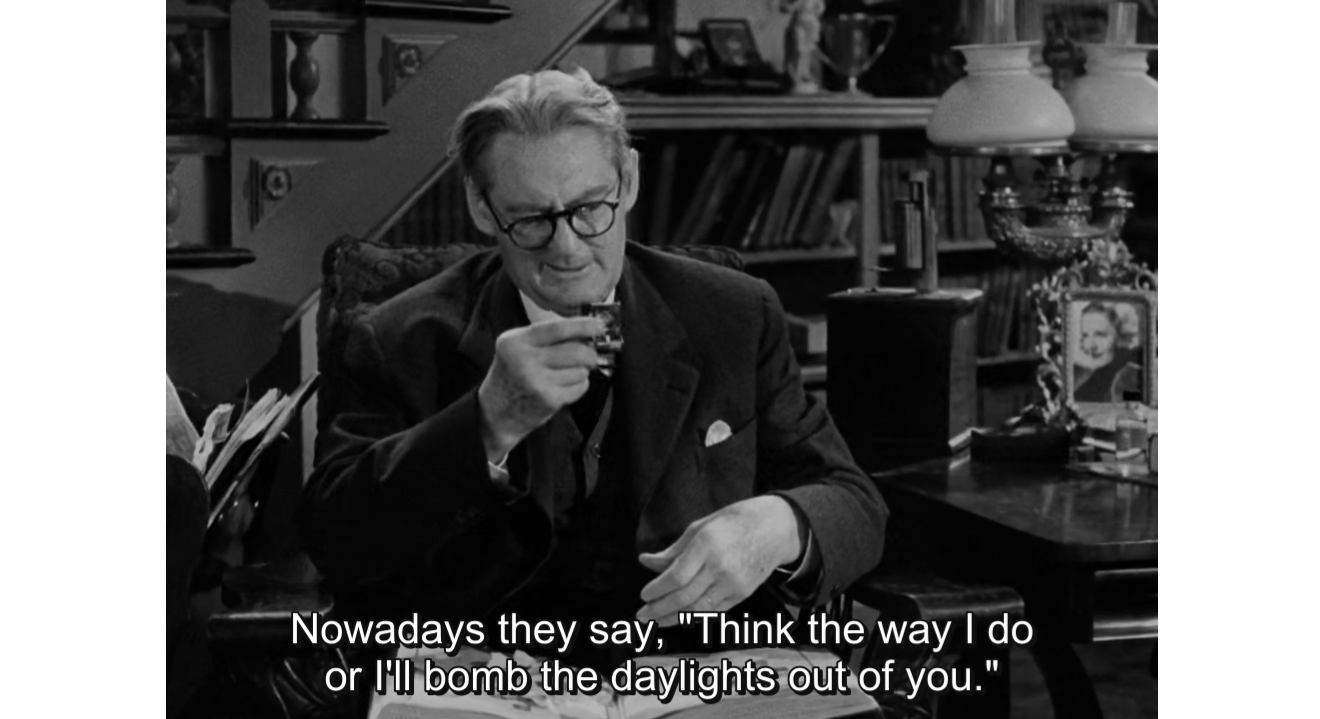
Hedwig and the Angry Inch (John Cameron Mitchell, 2001)
Hedwig and the Angry Inch, John Cameron Mitchell's breakout film, is a cinematic translation of his successful off-Broadway musicale. It's hugely helped by the song compositions of Stephen Trask --- from its hyperactive opening song to the more mellow, more emotionally driven slow songs that inhabit the work's core. Trask and Mitchell's collaboration has crossed over to the silver screen with relative ease: the film is independently funded; no studio bickering beneath the translation; thus, the creators manage to keep their intentions intact.
Let's stop kidding ourselves though. True, the melodies, the rhythms, the driving force behind the art are all original but the work won't survive without the centerpoint of everything: Hedwig (as played by Mitchell). He's a cinematic anomaly. You just can't pinpoint what he is: he's had a sex change operation (but without that inner drive that pushes most transgender individuals; he was forced to undergo the operation by his American boyfriend and his mother); the sex change operation is not entirely successful as a bit of his phallus would grow back (thus, the angry inch). Hedwig is a character that uncomfortably sits in a vague middle: fabulous and almost nearly female (yet with signifiers of his male past --- underarm hairs, the prominent Adam's apple); Mitchell casts a female (Miriam Shor) as Hedwig's jealous boyfriend (it connotes another conundrum --- is their relationship homosexual or heterosexual?).
Hedwig's backstory is also wildly interesting. His life is told through the several musical numbers performed by Hedwig and his band in buffet restaurants while trailing rock icon Tommy Gnosis (Michael Pitt), Hedwig's ex-boyfriend and intellectual property-thief. It's an elementary technique that surprisingly works. A decision to record the songs live as sung (it helps that Mitchell and his band has had years of on stage performances to make it work, and work very well). Mitchell's visuals provide a very satisfying range: The song "Origin of Love," about how the Greek gods physically separated men and women as theorized by Plato, is accompanied by crude animation; a dreamy sequence of Hedwig (then, Hansel)'s seduction by his then-husband shows off the uncontrollable tempting power of Gummy Bears and American candies; Hedwig's childhood in Communist East Berlin is treated with nightmarish candor --- Hansel hidingly wiggles to the ditties of American radio or uncomfortably holes up in his mom's oven just to listen to his American inspirations.
Hedwig and the Angry Inch is more of a statement, a very powerful one on sexual and gender ambiguity, than a concrete narrative. This brings me to my serious problem with Mitchell's film: it's unconvincing (or pretentious) and highly open-ended conclusion. It's as if Mitchell couldn't come up with an adequate end to Hedwig's mission of reclaiming fame and intellectual integrity from Tommy Gnosis, that he just settled with something more symbolic (a cheap way out as it will excite and satisfy those watching the film as an activism or a strengthening of one's choices in life, sacrificing narrative competency). It's my same problem with Jonathan Larson's Rent (Chris Columbus, 2005; which appears a lot in the film probably as a symbol for selling out) which conveniently ended with a fantasy sequence and a medley of songs of affirmation.
It's a huge complaint, but one that didn't dent my appreciation for Mitchell's effort. Above everything else, Hedwig and the Angry Inch is bombastic, at time irreverent, always hyperactive, truthful, and most importantly, highly entertaining.







































4 comments:
more than an art film, i think you failed to see that it's a cultural film - which i understand because you are not a Kapampangan. the meaning of the symbols could not have penetrated your heart because those symbols meant nothing to you since you are not from our place.
the flagellation of Alan Paule wasn't put there for the sake of cultural exposition, but it was there to say that alan paule was sorry for what he did, since we kapampangans engage in such activity every 'maleldo' (mahal na araw) to ask forgiveness.
you must have failed to look at how the shots of the elements angin (wind), api (fire), and danum (water) represent the type of life, type of personality, type of relationship, and yes, type of sexual intercourse of each daughter.
the manansala family, too is a microcosm of pampanga. since after pampanga's destruction in june 1991 care of pinatubo, kapampangans have sought for better life - by counting on foreigners (angel), by settling down with the richer co-filipinos, studying IT (like juliana) for opportunities abroad - which resulted in a drastic cultural decline of pampanga. yet some, like cherry pie, choose to stay.
and believe me, like jesusa, kapampangans who loved their own heritage for a time were not really appreciated.
but as prophesied by the film, jesusa gave a promise of hope for the future when she got the pantahi thing working.
Thank you very much on your insights on Kaleldo and I do admit that my disregard for the film may have resulted from my unfamiliarity with the culture it sought to advance.
One note: Please cut and paste your comment to the proper film reviewed. Thanks
I've been hoarding Quiapo for almost 3 years now, but I still can't seem to Find a copy of Hedwig and The Angry Inch.
I saw it on cable for countless times. I loved all the songs. Anyway, I'm still hoping that one day, I'll find this at Quiapo. Haha!
The film is a wonderful piece. Which you may have failed to notice because you are too worried about being spoon fed every little detail. The movie may be that way so that there is room for interpretation. So that each individual can find their own personal meaning to it. Instead of being forced to believe it is one set of ideas that are presented here.
Post a Comment